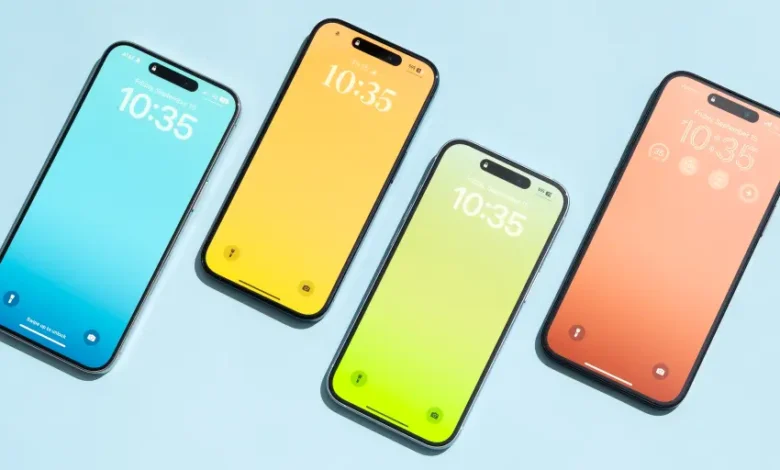Government Cuts Import Duties on Smartphone Components from 15% to 10%
Import duties on die-cut components like LCD foam, conductive cloth, and sticker-battery slots have also been slashed to 10%

The Indian government has reduced import duties on smartphone components and spare parts from 15% to 10%. The Ministry of Finance made this announcement through an official gazette notification on January 30, aiming to strengthen the mobile phone manufacturing ecosystem and bolster global competitiveness.
The revised import duties include critical components such as battery covers, antennas, sealing gaskets, sim sockets, and others falling under the mechanics category. Additionally, duties on die-cut components like LCD foam, conductive cloth, and sticker-battery slots have also been slashed to 10%. The import duty on inputs used to manufacture these components, including adhesive, steel sheet, and logos, has been reduced to zero.
This reduction is seen as a response to industry demands to level the playing field for Indian smartphone manufacturers compared to other countries. Companies have been advocating for lower import tariffs on various components to reduce production costs and enhance competitiveness.
Union Minister of Electronics and IT, Ashwini Vaishnaw, said that the rationalization of customs duties will bring much-needed certainty and clarity for the industry. He thanked Prime Minister Narendra Modi and Finance Minister Nirmala Sitharaman for their support in strengthening the mobile phone manufacturing ecosystem.
Analysts believe that the move will not only boost manufacturing in the smartphone sector but also generate demand, especially in the entry and budget segments, where demand has been relatively low in recent years.
The reduction in import duties is expected to empower original equipment manufacturers (OEMs) to cut costs, leading to lower smartphone prices. Analysts predict a potential drop of around 3% in smartphone prices, making devices more affordable, particularly in the entry and budget segments.
Smartphone makers, including Xiaomi and Realme, have welcomed the move, highlighting its potential to accelerate domestic value addition and support the ‘Make-in-India’ initiative. Industry experts anticipate growth in the entry-level and budget smartphone segments over the next few quarters.
This initiative aligns with the industry’s push for India to become a global hub for electronics manufacturing and exports. The India Cellular and Electronics Association (ICEA) had earlier urged the government to reduce tariffs to improve India’s competitiveness globally. Pankaj Mohindroo, Chairman of ICEA, said, “The adjustment of Basic Customs Duty (BCD) to 10 per cent on parts of mobile phones and mechanics and die-cut parts and zero per cent on inputs of mechanics represents the start of a paradigm shift in the policy orientation of the government towards export-led growth and competitiveness.”
He further added, “Building scale, riding on low input tariffs is key to transforming India into a global hub for electronics manufacturing and exports.”
You might also be interested in-Why have smartphone brands declined in India drastically?



